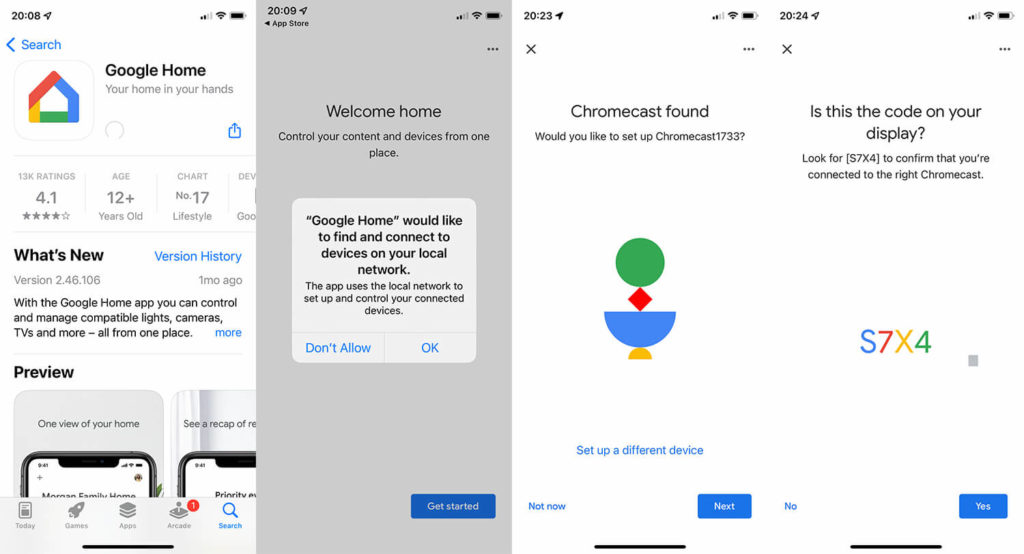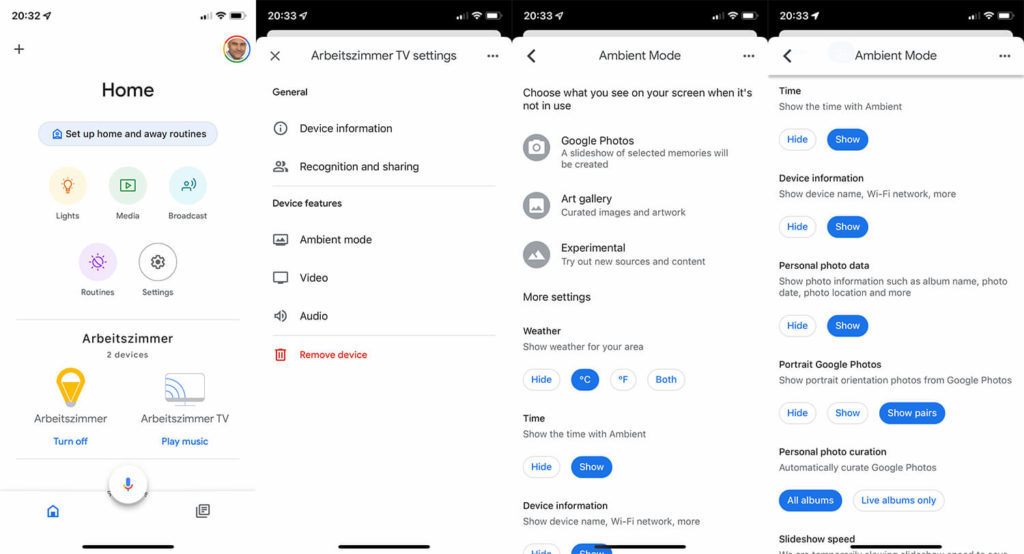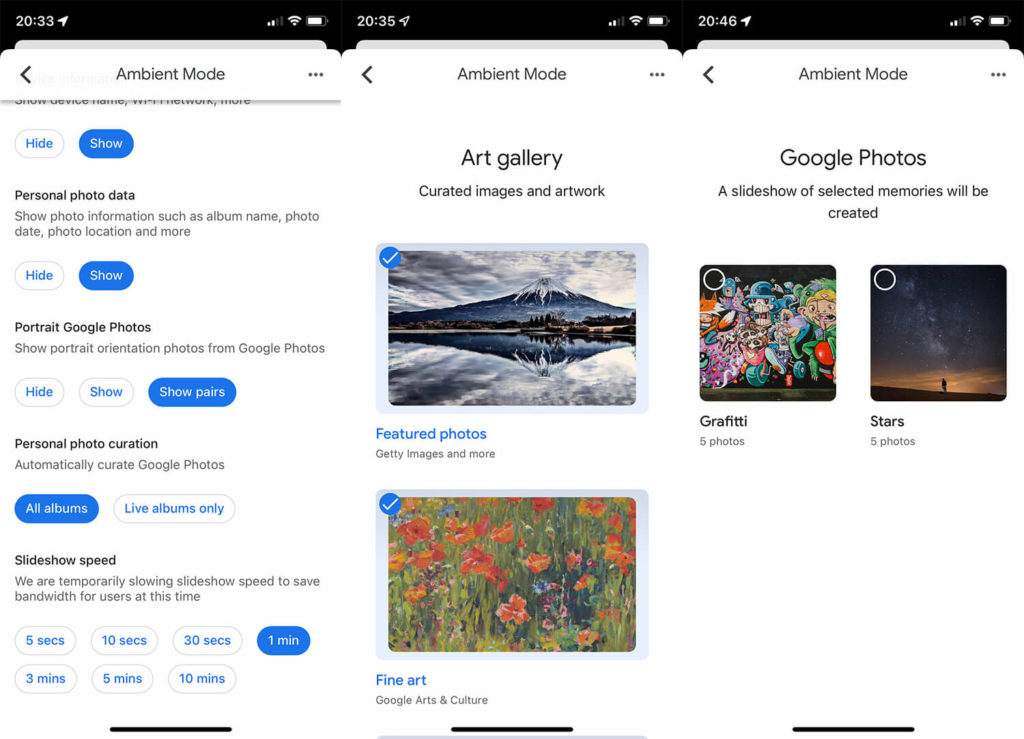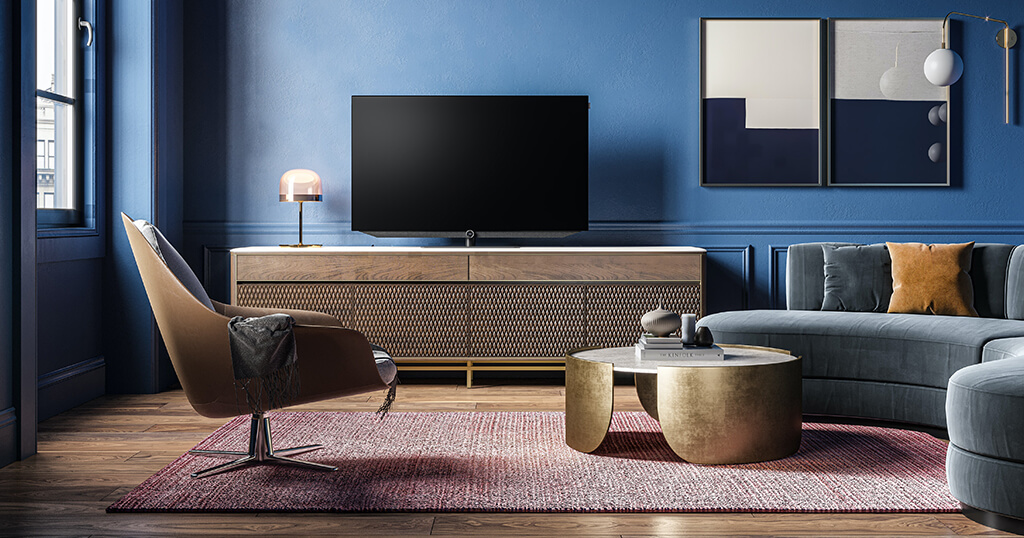You probably have a large television in your living room. Wouldn’t it be convenient if you could also use it as a digital picture frame?
I recently saw an article titled “Why the Chromecast Is the Perfect Digital Picture Frame” and that made me curious.
The article made a case why digital picture frames were so terrible and while there was some truth to it, the author brought up rather generalized points (“they are small and low resolution”) that bear little similarity with today’s choices of digital picture frames available on the market.
The article also said nothing about the image viewer software features of the Chromecast, so I felt the need to dig deeper to come to a conclusion about the suitability of the Chromecast as a digital picture frame.
But let’s start at the beginning. The Google Chromecast is a streaming dongle with an HDMI output that you plug into your TV.

I have some concerns about using a television as a digital picture frame. The position of a television is typically lower than the height you would choose for a picture frame. But that depends on your personal setup and it may work just fine.
The Chromecast is only €/$ 29, I decided to order one and see for myself. As we don’t have a television at home, I used an HDMI Video Capture USB stick and connected the dongle to my Apple MacBook.
My tests are unbiased. There are no financial or material donations to be disclosed. I bought the Google Chromecast with my own money.
The Google Chromecast
Typically, you would use the Chromecast dongle to access video content from Netflix, YouTube, and other services. You can also use it to stream almost any kind of content from the Chrome browser on any computer.
The Chromecast line has been around since 2013. The basic model (the one I used for my review) had an HD resolution of up to 1080p and is the Generation 3 model.
It costs around $/€ 29and is often discounted. And then there is the “Chromecast with Google TV” which offers 4K video quality for about twice the price.
So I plugged in the Chromecast power supply and hooked it up through the HDMI port.
First steps
After hooking it up to your TV, you download the Google Home App on your iPhone or Android.
You must connect the app with your Google account as the picture frame images will be sourced from Google Photos.

The app searches for any Google device and quickly comes up with your TV dongle. The device will start up, check for software updates, and a few minutes later, you are ready to go.
In my case, the Google Home app also connected to my Home Assistant system and automatically integrated all my devices.
Picture Frame Settings
Click on your TV device (here “Arbeitszimmer TV” which is my MacBook) and you are connected with the Chromecast dongle.

Next, tap on the Settings cogwheel in the upper right corner. Under Device Features, you will see “Ambient Mode” which is the control center for the Chromecast picture frame.
The way it works is that whatever you define in this “Ambient Mode” shows up when you are not watching television.
There are three options here:
- Google Photos: Access to your photo albums on your Google Photos account
- Art gallery: A curated mix of images with featured photos, Fine Art, and a few more.
- Experimental: Some images that Google deems worthy to be shown
While “Art gallery” and “Experimental” are worth checking, what we want is the “Google Photos” option. Click on it and you can select your albums.

There is a bit of a delay after every interaction when you change the settings which is not so great from a user interface perspective but it’s bearable.
There are plenty of options that are self-explanatory. Unfortunately, you cannot choose from different transition options as there aren’t any. This is a bit of a downer as transition effects make a big difference. Especially having a smooth crossfading transition is an absolute must for me when I look at a picture frame. This cannot be hard to do and I don’t understand why Google does not offer this. Just look at the Nixplay frames and see what’s possible in terms of image transition options.
An interesting option is the “Personal Photo Curation”.
Google Photos automatically attempts to select what it thinks are the best photos from. From your albums, Google Photos attempts to remove objectively bad photos like blurry ones, poor exposure, low resolution, or near-duplicates.
You can completely turn off curation for albums by changing the “Personal photo curation” setting to “Live albums only.” No curation is done on your Favorites.
If photos in your private and shared albums don’t appear and you expect them to, turn off curation for those albums by changing the “Personal photo curation” setting to “Live albums only”. This will also change the playback from random to sorted.
Conclusion
So what is my verdict? Can the Google Chromecast double as a digital picture frame as claimed in many web articles?
If you need a cheap and simple way to turn your television into a playback device for your photos, yes, the Chromecast is just the device to achieve this. It’s super easy to set up and if you are already using Google Photos it’s great.
Is it what I would call a high-end digital picture frame? Not so much. And the reason for this is that it doesn’t contain the critical setting that makes all the difference in a high-quality photo frame: The possibility to define smooth crossfading transitions and to set the time delay of these transitions. Once you have experienced this effect on a large screen, you are unlikely to ever want to change this again.
Was this article helpful?
Thank you for your support and motivation.
